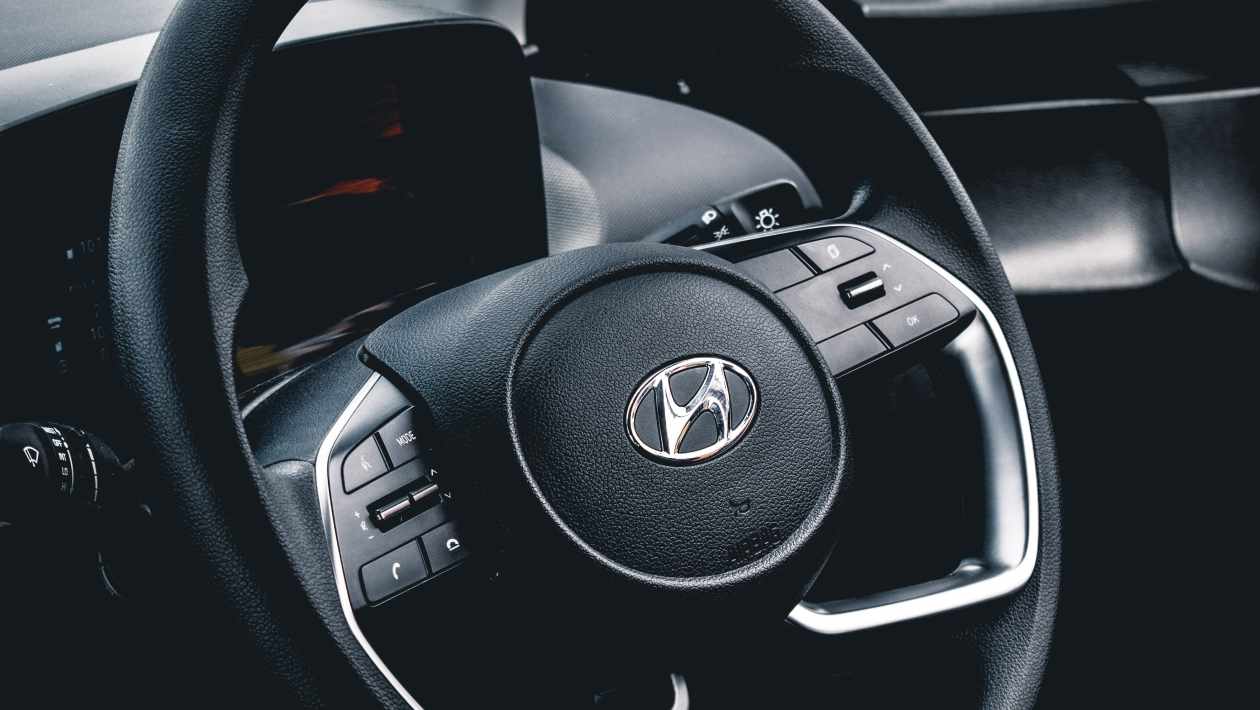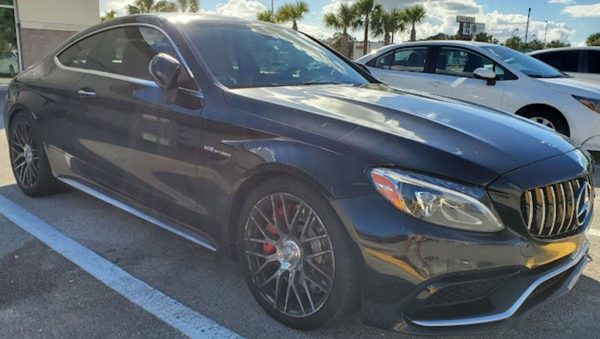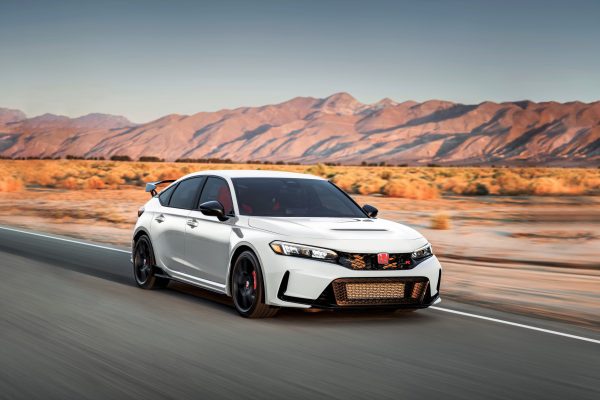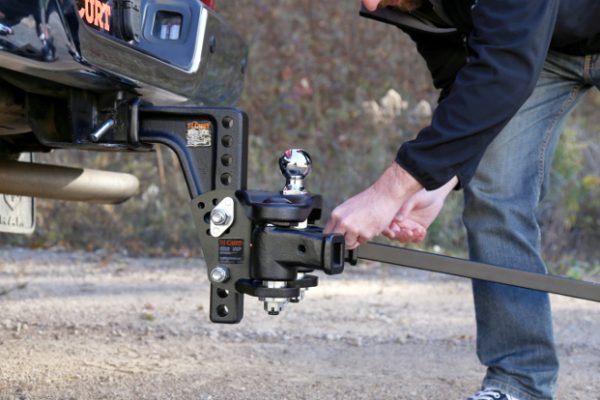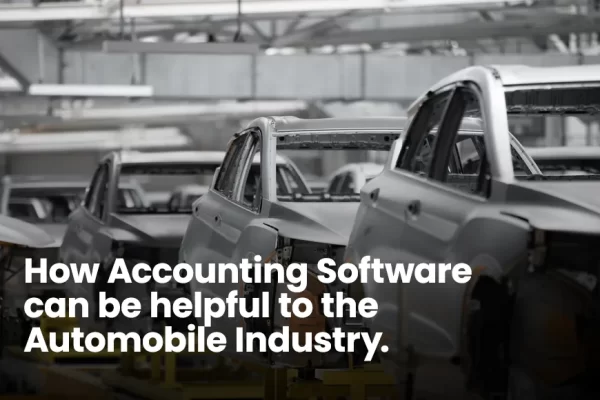Are you in the market for a new car but don’t know where to start? With all the different brands available, it can be confusing to choose the right one. For over 50 years, Hyundai has been manufacturing quality vehicles and has become one of the most recognized car brands in the world. Not only are Hyundai cars reliable and stylish, but they also come with features that make them stand out from the competition.
In this article, we’ll explore the history of crashed Hyundai prices and what makes it such a popular car brand. We’ll cover all aspects of the brand, including its design philosophy, technological advancements, safety features, and more. By familiarizing yourself with Hyundai’s offerings, you’ll be able to decide whether or not it is right for you.
How has the price of Hyundai cars changed over the years?
As one of the leading car manufacturers, Hyundai has consistently developed cars that offer great value to customers. But with the changing market conditions, how have their prices changed over the years? Here’s a look at how Hyundai cars have become more or less expensive over time.
- The Price of Hyundai Cars Has Fluctuated
Hyundai’s prices have seen an overall increase since 2010, but there have been fluctuations along the way. In 2020, according to Edmunds data, for instance, Hyundai’s base price for its Elantra model was $19,500. This is actually slightly lower than it was in 2010 when it was priced at $20,000. The average transaction price for this model in 2020 was $22,700 which is slightly higher than the $21,900 it cost in 2010. Other models like the Sonata and Tucson also saw similar fluctuations between 2010 and 2020. The Sonata’s base price increased significantly except for dips in 2016 to 2017 and again in 2019 to 2020—which saw decreases of almost 5% on both occasions. Similarly for Tucson, base prices dipped from about $23k to around $20k from 2014-2017 before rising again up to around $24k in 2020. These models have also seen increases: The Sonata went from an average transaction price of around 13% between 2011 and 2018 while Tucson rose by a smaller 4%.
- Looking Ahead: Hyundai Already Offers Low Prices
Hyundai cars typically come with competitively low prices compared to other car manufacturers because they traditionally produce smaller cars with cheaper technology inside compared to non-luxury rivals such as Honda or Toyota. As car technology advances though (with features like powertrains going electric), economies of scale will become increasingly important across all manufacturers; so expect even more competition between different manufacturers—including Hyundai—to bring down prices further down the road.
At present however, Hyundai still offers great value; with models advertised across a wide rice range these days they can offer something suitable for any budget conscious consumer no matter their spec requirements – sedans like Elantra & Accent are offerings under $20k while flagship SUVs such as Palisade start just under the mid-$30k mark offering great value packs and cutting edge tech within them.
Factors that have affected used car prices
As we all know, the car market is growing at an unprecedented rate. Furthermore, the prices for popular models like Jaguar models by this link have remained steady – resulting in a robust marketplace for buyers and sellers alike. Certain factors are driving the changes in prices, and Jaguar vehicles provide a perfect example of this trend.
Here’s a list of factors that have affected used car prices with Jaguar vehicles:
- Global Market Trends
The proliferation of global transportation trends has driven up demand for used cars worldwide. As companies like Jaguar put more vehicles on the roads in other parts of the world, consumers can take advantage of these deals and get quality cars at lower-than-expected costs. This influx has created competition, which helps to keep prices low.
- Fuel Economy and Maintenance Costs
Jaguar vehicles are known for having excellent fuel economy capabilities, as well as minimal maintenance costs that make them attractive to potential buyers. The combination of good gas mileage and low maintenance costs mean that drivers will be spending less money over time on their vehicle – resulting in greater savings when it comes time to trade or sell it off.

